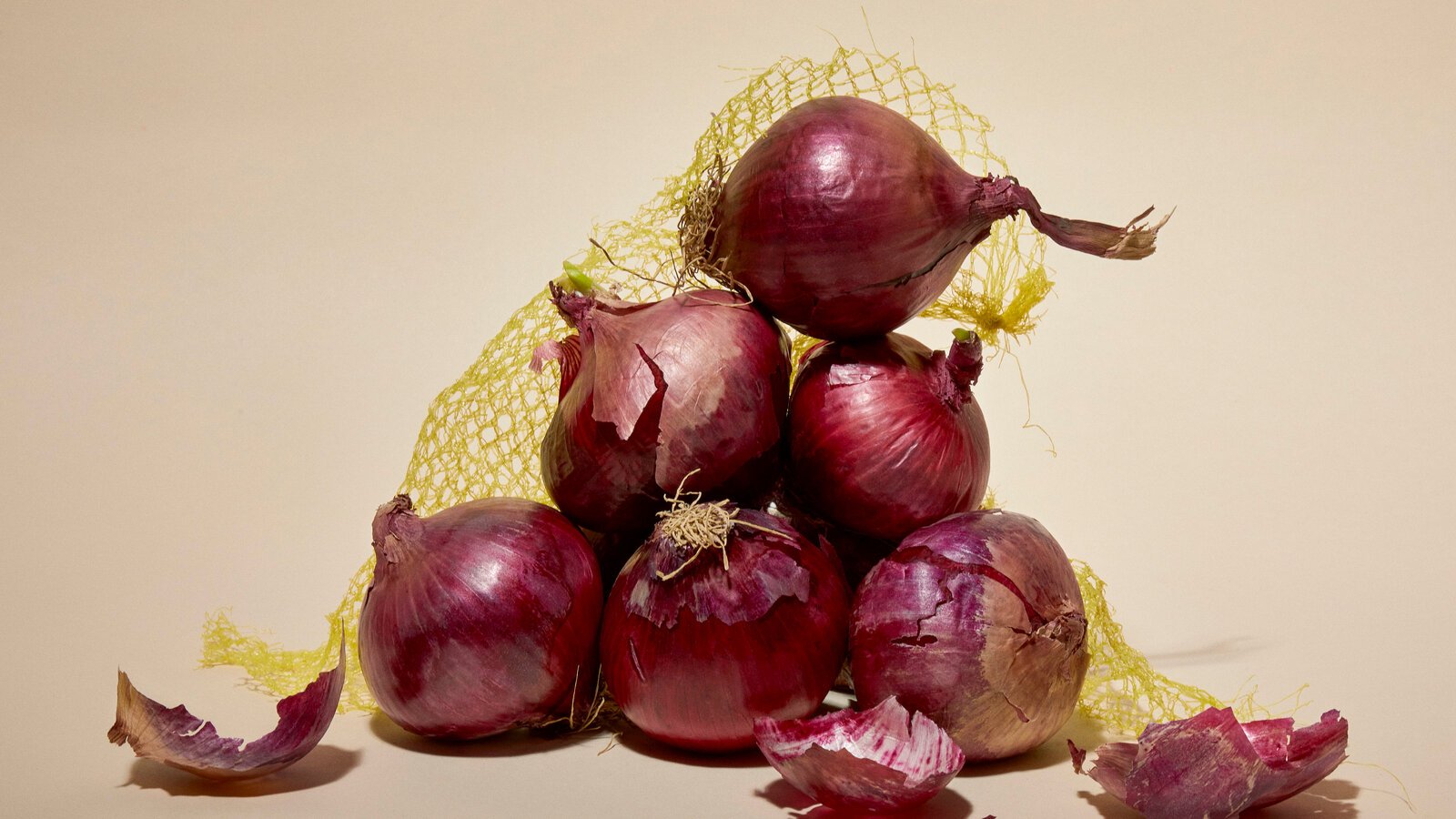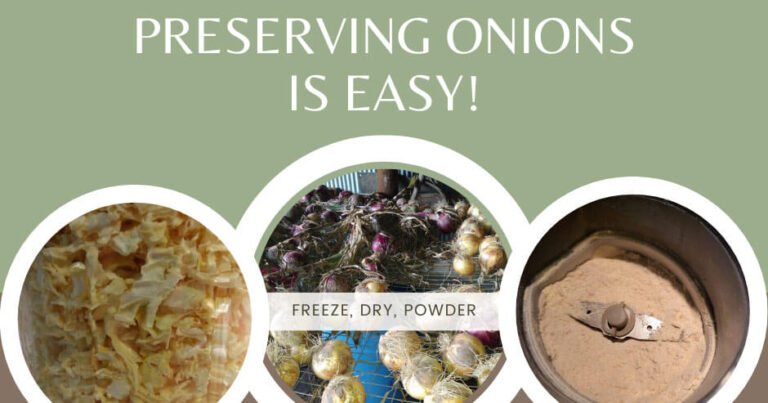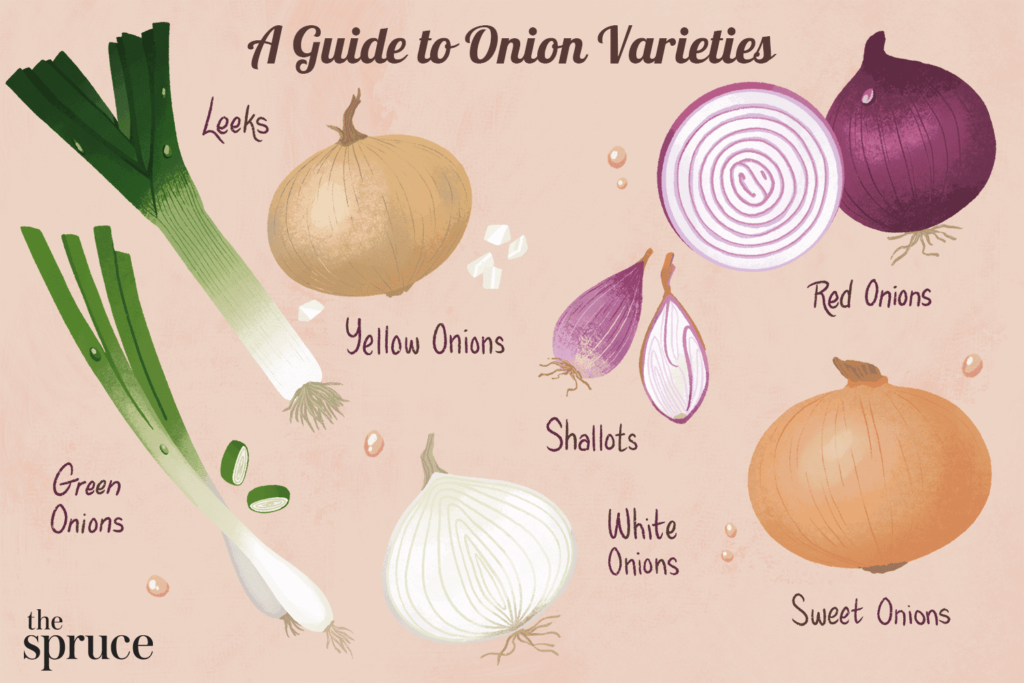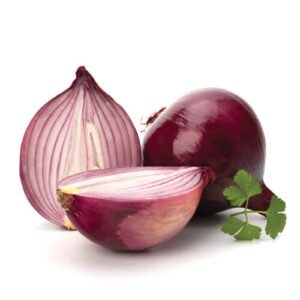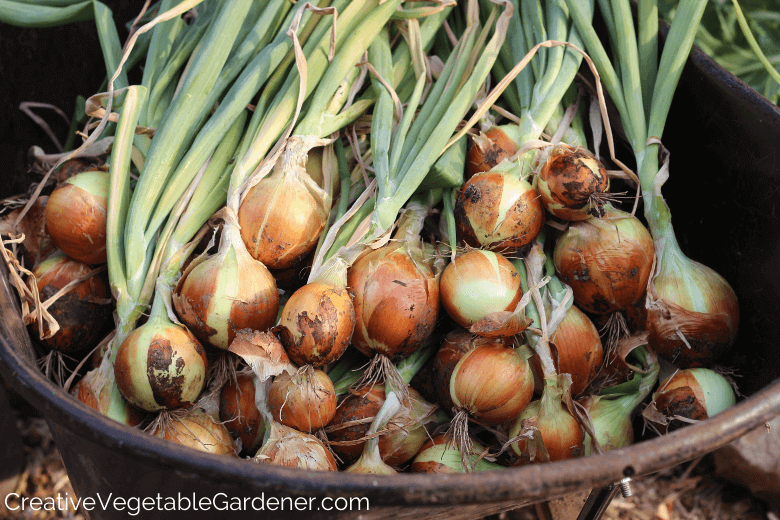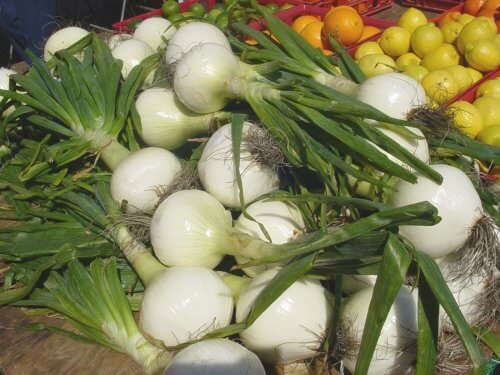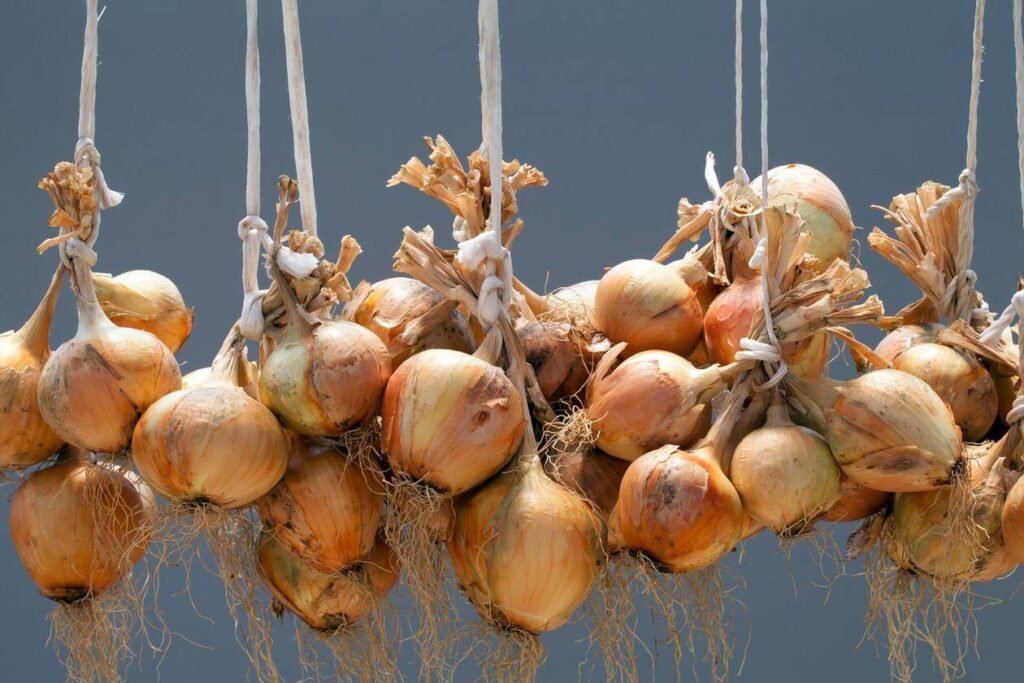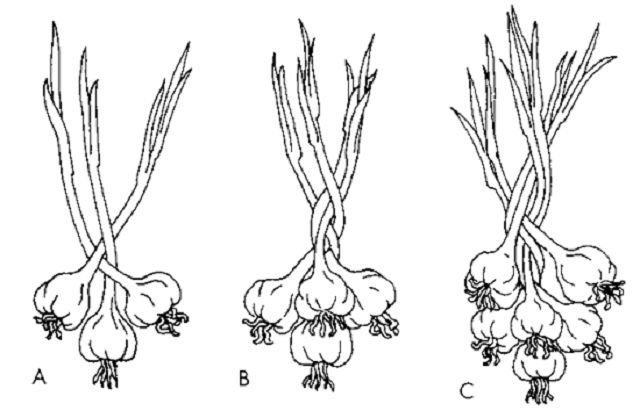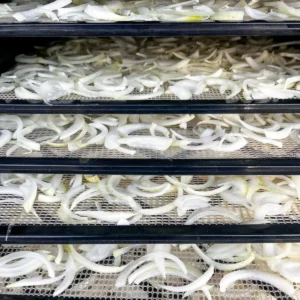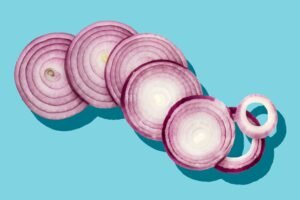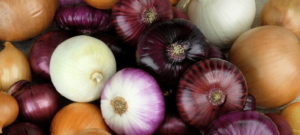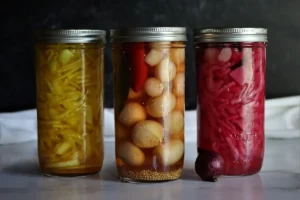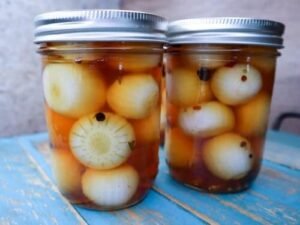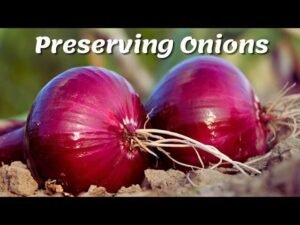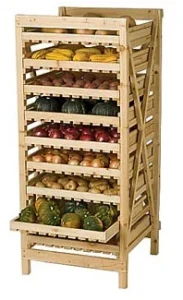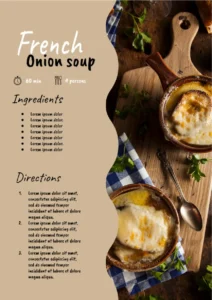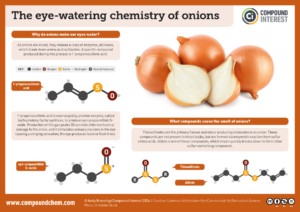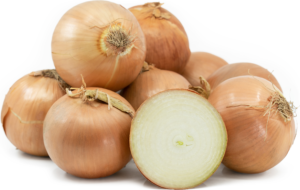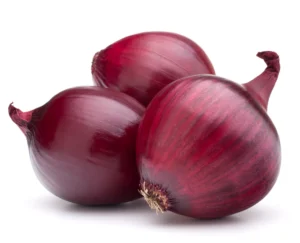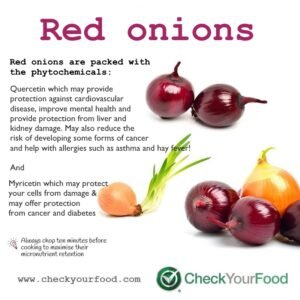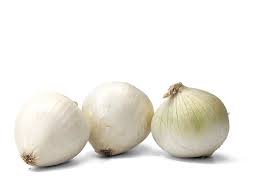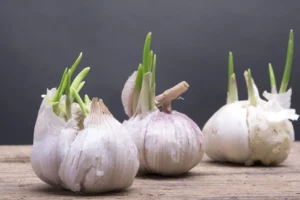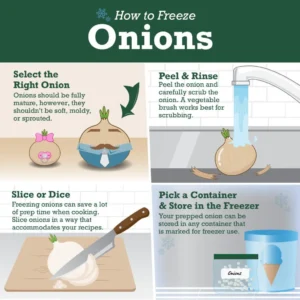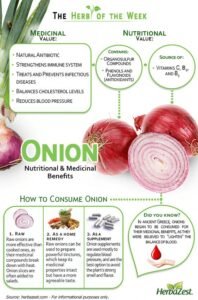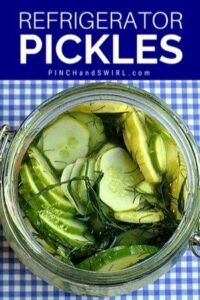If you’re like me, you’d probably agree that losing your precious stash of onions to the cruelty of time is just heartbreaking. Onions aren’t just for adding a zing to your food; they’re a prepper’s best friend when stored right. Trust me, knowing how to preserve onions properly can save you from many kitchen nightmares. In this post, we’ll break down various methods to keep your onions fresh and usable for months on end. Whether you’re keen on braiding them like old times or sticking them in the freezer, we’ve got you covered. So, buckle up and let’s make sure your onions last as long as your prepping spirit.
Post Contents
ToggleWhy Preserving Onions is Essential
Preserving onions isn’t just a fancy kitchen hack; it’s a vital skill for ensuring your prepping stash remains robust. So, why should you bother preserving onions instead of just snapping them up fresh from the store every time? Here are a couple of solid reasons.
Food Security
We all know that fresh produce isn’t always available. Weather might take a weird turn, or there could be some unexpected delays in supply chains. By learning how to preserve onions, you’re safeguarding against these uncertainties.
- Consistent Supply: Imagine not having to rush to the store every single time you need onions. You can have a steady supply even during crunch times.
- Less Wastage: Fresh onions have a pesky tendency to rot if you forget about them. Preserved onions can last significantly longer, reducing the chances of wastage.
- Nutritional Integrity: Onions are packed with vitamins and antioxidants. When you preserve them properly, they retain most of their nutritional value, ensuring you have a healthy addition to your meals anytime.
Preserving onions ties into food security, ensuring that you and your family always have this crucial ingredient at hand. Just like this source mentions, properly storing onions also means they stay fresher longer, helping prevent diseases and rot.
Economic Benefits
We can’t ignore the money part. Buying onions in bulk and preserving them is not only smart but also kind to your wallet.
- Bulk Buying: Buying in volume is often cheaper. Supermarkets usually offer discounts when you buy larger quantities. But what to do with all those onions? Preserve them!
- Cost-Effective: Think about how much money you shell out for onions over a year. By preserving them, you’re cutting down on frequent trips to the store (saving on both time and fuel).
- Versatility: Preserved onions can be used in various forms – dried, pickled, or even powdered. This makes your cooking more versatile without spending extra money on different forms of this essential vegetable.
In a nutshell, when you focus on how to preserve onions, you aren’t just learning a new skill. You’re making a cost-effective choice that pays off in the long run. According to Morning Chores, pickling onions before canning them is one of the best long-term preservation methods.
Whether it’s about ensuring a steady food supply or saving some cash, preserving onions is a no-brainer for preppers.
Best Methods to Preserve Onions
Onions are not just a staple in every kitchen; they’re also highly versatile when it comes to preservation. Whether you want to keep them fresh for months or transform them into crispy snacks, learning these methods can be a game-changer. Let’s dive into the best techniques to preserve onions, shall we?
Curing Onions
Curing onions is one of the oldest methods of preserving this vegetable. It might sound a bit fancy, but curing is essentially drying the onions so they last longer. Here’s how to do it:
- Preparation: Start by carefully lifting the onions from the ground with all their roots intact. Brush off any dirt but avoid washing them.
- Drying: Lay the onions out in a single layer on racks or screens in a well-ventilated area. Make sure this spot is dry and warm, ideally around 20-25°C. For about 2-3 weeks, let the onions dry out until the skins are papery and the necks are tight.
- Storing: Once the onions are cured, cut off the tops (leaving about an inch of the stem) and trim the roots. Store them in mesh bags, crates, or any container that allows for good airflow. Keep them in a cool, dry, dark place.
Reliably prep and store onions like a pro with this timeless preservation method.
Drying Onions
Drying onions intensifies their flavour and turns them into a versatile ingredient. Whether you’re using a dehydrator or an oven, here’s how you can easily dry your onions:
- Preparation: Start by carefully lifting the onions from the ground with all their roots intact. Brush off any dirt but avoid washing them.
- Drying: Lay the onions out in a single layer on racks or screens in a well-ventilated area. Make sure this spot is dry and warm, ideally around 20-25°C. For about 2-3 weeks, let the onions dry out until the skins are papery and the necks are tight.
- Storing: Once the onions are cured, cut off the tops (leaving about an inch of the stem) and trim the roots. Store them in mesh bags, crates, or any container that allows for good airflow. Keep them in a cool, dry, dark place.
Reliably prep and store onions like a pro with this timeless preservation method.
Drying Onions
Drying onions intensifies their flavour and turns them into a versatile ingredient. Whether you’re using a dehydrator or an oven, here’s how you can easily dry your onions:
Using a Dehydrator:
- Preparation: Slice the onions evenly. The thinner the slices, the quicker they dry.
- Dehydrating: Lay the slices out on dehydrator trays in a single layer. Set the dehydrator to around 60°C and let them dry for 8-12 hours or until they’re crisp.
Using an Oven:
- Preparation: Again, slice the onions thinly and evenly.
- Baking: Preheat your oven to its lowest setting (usually around 60-70°C). Spread the slices on a baking sheet lined with parchment paper. Dry them for around 6-8 hours, turning occasionally.
Storage Tips:
- Store dried onions in airtight containers in a cool, dark place.
- For extended preservation, consider vacuum-sealing the dried onions or adding desiccant packs to keep moisture out.
Explore more ways to dry onions effectively and make the most of their lasting flavour.
Freezing Onions
Freezing onions is a fantastic way to preserve their freshness and convenience for future use. Here’s how to do it, whether they’re diced, sliced, or whole:
- Preparation: Chop the onions according to your preference – diced, sliced, or keep them whole.
- Blanching (optional): For a longer-lasting freeze, blanch the onions in boiling water for 2 minutes and then plunge them into ice water to stop the cooking process.
- Packaging: Spread the onions on a baking sheet in a single layer and freeze until they’re solid. Then, transfer them into airtight bags or containers. Label with the date so you know how long they’ve been stored.
Tip: Frozen onions can be used directly in cooking without thawing, which makes them a time-saver!
Learn more about storing onions in your freezer to save time and reduce waste.
Pickling Onions
Pickling onions is a delicious way to preserve them and add a bit of zing to your dishes. Here’s a basic guide:
Ingredients:
- 2 cups of sliced onions
- 1 cup of vinegar (white, apple cider, or red wine)
- 1 cup of water
- 2 tbsp of sugar
- 1 tbsp of salt
- Optional spices: garlic, peppercorns, bay leaves
Steps:
- Preparation: In a saucepan, combine vinegar, water, sugar, and salt. Bring to a boil.
- Packing: Pack the onion slices into sterilised jars, adding any optional spices.
- Pouring: Pour the boiling brine over the onions, ensuring they are fully submerged.
- Storing: Seal the jars and let them cool. Store in the refrigerator if you plan to eat them soon. For long-term storage, use a canning method to seal the jars.
Your pickled onions should be ready to enjoy in about 24 hours and can be stored in a cool, dark place for several months.
For more pickling recipes and tips, take a look here.
These outlined methods are tried-and-true techniques to ensure your onions remain a staple in your pantry year-round. Whether you prefer curing, drying, freezing, or pickling, preserving onions at home is both practical and easy. Ready to start preserving? Let’s head to the kitchen!
Optimal Storage Conditions for Onions
Knowing the ideal storage conditions for onions is crucial if you want to keep them fresh and flavourful. Trust me, storing onions the right way not only prolongs their life but also saves you from those unpleasant surprises of discovering mouldy onions long forgotten. Let’s dive into the best storage conditions for keeping your onions in top shape.
Temperature and Humidity
When it comes to storing onions, temperature and humidity are everything. Onions prefer cooler temperatures and moderate humidity levels. Here’s the sweet spot:
- Temperature: Store your onions at temperatures between 4°C and 10°C (40°F to 50°F). Too warm, and they might start to sprout; too cold, and they could turn mushy. Think of it as keeping your onions chilled, not frozen!
- Humidity: Onions thrive in low to moderate humidity. Ideally, around 65-70% relative humidity is perfect. Too much moisture, and they can get mouldy; too dry, and they’ll start to shrivel. Essentially, keep them dry but not bone-dry.
In essence, you want cool but not fridge-cold, and dry but not desert-dry. According to Iowa State University, the right storage conditions can help your onions last several months without losing their flavour or getting spoiled.
Storage Containers
Choosing the right container for your onions is like picking the right outfit for a special occasion – it makes all the difference. Proper airflow is key to preventing your onions from turning bad. Here are some container options:
- Mesh Bags: These are fantastic because they allow for excellent ventilation. The air flows freely around the onions, keeping them dry and preventing rot.
- Crates and Boxes: Wooden or cardboard crates are great too, especially those with slats or perforations for airflow. Just make sure the boxes are not packed too tight.
- Wire Baskets: Like mesh bags, wire baskets allow for good air circulation. They’re robust and can be easily hung or placed in a cool dark place.
Avoid storing onions in plastic bags. Plastic traps moisture and restricts airflow, turning your crisp onions into a soggy mess. Epicurious emphasises the importance of proper ventilation for storing onions effectively.
So, in summary, store your onions like a pro by keeping them in cool, dry conditions with plenty of airflow. And remember, good containers are those that allow your onions to breathe without suffocating them.
Different Types of Onions to Preserve
Preserving onions depends significantly on the type of onion you have. Each variety has its unique characteristics, and understanding these can help you choose the best method for preservation. Let’s explore how you can preserve the three main types of onions: yellow, red, and sweet onions.
Yellow Onions
Yellow onions are probably the most common type you’ll find in kitchens. They’re versatile and are often used in a wide range of dishes. But preserving them is a different ball game. Here are a few methods to ensure they stay fresh for as long as possible:
- Curing: This is a tried-and-true method. Curing involves letting your onions dry out in a warm, airy place. Spread them out in a single layer, ensuring they don’t touch, and let them sit for 2-3 weeks. You’ll know they’re ready when the outer skins are papery and the necks are tight and dry.
- Dry Storage: Yellow onions do well in a cool, dry, and dark spot. Basements or pantries are ideal. Store them in mesh bags or crates to allow for good airflow.
- Freezing: If you’ve got more onions than you can handle, chopping and freezing them is a good idea. Simply chop, spread them out on a baking sheet to freeze individually, and then transfer to freezer bags. This way, they’re ready to go whenever you need them.
By following these steps, you can keep your yellow onions ready for any recipe you’d like to try.
Red Onions
Red onions, with their vibrant colour and slightly milder taste, are perfect for salads, sandwiches, and even as a garnish. Preserving them can be slightly different from yellow onions.
- Pickling: This is a fantastic way to add a zesty kick to your dishes. Slice your red onions thinly and pack them into a sterilised jar. In a pot, boil a brine of vinegar, water, sugar, and salt. Pour this over the onions, ensuring they are well covered. Seal the jars and let them cool. Store in the fridge and enjoy them within a month.
- Freezing: Like yellow onions, red onions can also be chopped and frozen. Follow the same process – chop, freeze on a baking sheet, then transfer to bags. This keeps them from clumping together and makes them easy to measure out.
- Curing: This method also works for red onions, though the curing process might take a bit longer due to their higher moisture content. Ensure they’re well ventilated to prevent mould.
Preserving red onions can add a lovely burst of flavour and colour to your meals. Discover more about preserving red onions and enjoy their versatility.
Sweet Onions
Sweet onions, such as Vidalia or Walla Walla, have a higher water content and are more prone to spoilage. However, their sweet, mild taste makes them a favourite in many homes. Here’s how to ensure you’re not wasting any:
- Storage in the Fridge: Because of their high water content, sweeping in a cool, dry, and dark place isn’t enough. The fridge is your best bet. Store them in the vegetable crisper in a perforated plastic bag to allow for airflow and prevent them from getting too moist.
- Freezing: Sweet onions freeze well when chopped. You can even puree them and store the puree in ice cube trays for easy use in recipes. This method locks in their sweet flavour and can be a convenient way to use them in sauces and soups.
- Dehydrating: Turn sweet onions into a long-lasting pantry staple by drying them. Slice them thinly, place them on dehydrator trays, and let them dry until brittle. Store the dried onions in an airtight container and enjoy them in soups, stews, or as a crunchy salad topper.
Sweet onions require a bit more care, but by knowing how to store them properly, you can enjoy their mild, sweet flavour all year round.
How Long Can Preserved Onions Last?
Preserving onions is a smart way to keep this essential ingredient on hand for longer periods. Depending on the method you choose, the shelf life of preserved onions can vary. Let’s explore how long your preserved onions can last with each method.
Cured Onions
Curing onions is one of the oldest and most reliable methods for preserving them. Cured onions can last for several months if done correctly. When cured properly, they can be stored for around 6 to 8 months. But how do you know if they’re still good to use?
Signs of Spoilage:
- Sprouting: If you notice green shoots emerging from your onions, it’s a sign they’re starting to spoil.
- Soft Spots or Mould: Check for any soft areas or visible mould. This indicates that the onion is beginning to rot and should be discarded.
- Unpleasant Smell: Fresh onions have a distinct but pleasant aroma. If the onion has a foul or sour smell, it’s time to toss it out.
To extend their lifespan, store cured onions in a cool (40-50°F), dry, and dark place. Learn more about the benefits of properly storing your onions.
Frozen Onions
Freezing onions is another excellent way to keep them handy for an extended period. Frozen onions can last up to a year in the freezer, making them a convenient option for long-term storage.
Best Practices for Freezing Onions:
- Preparation: Chop the onions based on your usual cooking needs. Diced, sliced, or even whole – choose what suits you best.
- Blanching: Consider blanching your onions for 2 minutes before freezing to maintain their texture and flavour.
- Freezing: Spread the chopped onions on a baking sheet and freeze individually. Once frozen, transfer them to airtight containers or freezer bags, removing as much air as possible.
Frozen onions are great because you can use them straight from the freezer without thawing. They are perfect for soups, stews, and stir-fries. Read more about how freezing onions can save you time.
Pickled Onions
Pickling is a tasty way to preserve onions, giving them a zesty flavour that pairs well with many dishes. Pickled onions can last for several months, depending on how they’re stored.
Shelf Life and Storage Tips:
- Refrigerator Pickling: When stored in the refrigerator, pickled onions can last for 2 to 3 weeks. For best results, ensure the onions are completely submerged in the pickling solution.
- Water Bath Canning: If you’re looking to store pickled onions for a longer period, use a water bath canning method. Properly canned pickled onions can be shelf-stable for up to a year. Ensure the jars are sealed correctly to prevent spoilage.
Keep your pickled onions in a cool, dark place, and always check for sealed lids before consuming. If the seal is broken, discard them. For more detailed advice on how long pickled onions can last, you might find this resource helpful.
By using these preservation methods, you can enjoy your onions for months, ensuring your kitchen is always well-stocked with these versatile gems.
To Find out How To Preserve Garlic Click HERE
Conclusion
Preserving onions is not just about prolonging their life; it’s a savvy skill that can save you money and ensure that you’re never caught without this essential ingredient. Various methods like curing, drying, freezing, and pickling each bring their benefits and flavours to the table. Why not try different techniques and discover what works best for you?
Mastering how to preserve onions allows you to keep a steady supply, reducing waste and grant a consistent flavour punch to your dishes. Give it a go and secure your onion stash like a pro!
Check our Canning and Preserving Kit Below

